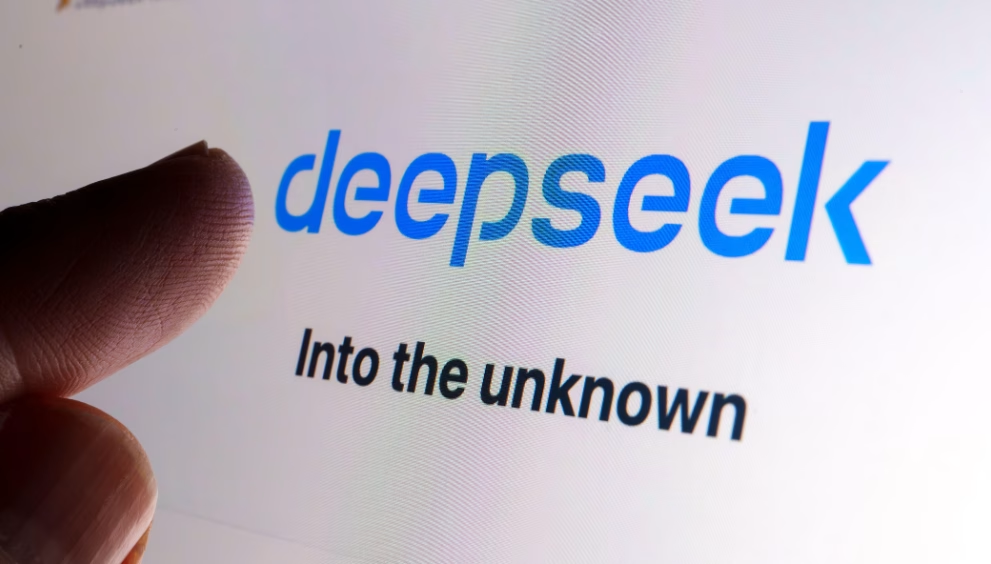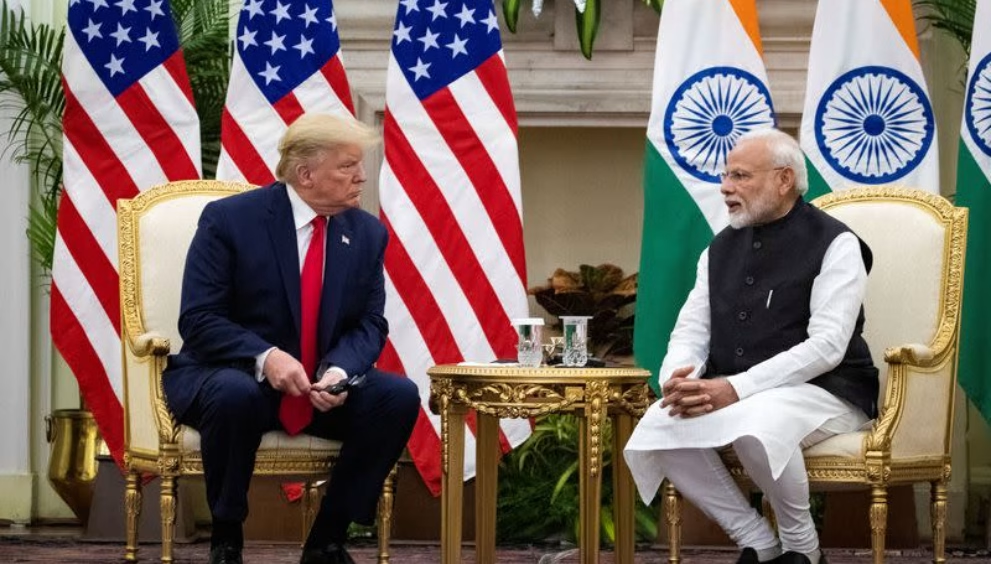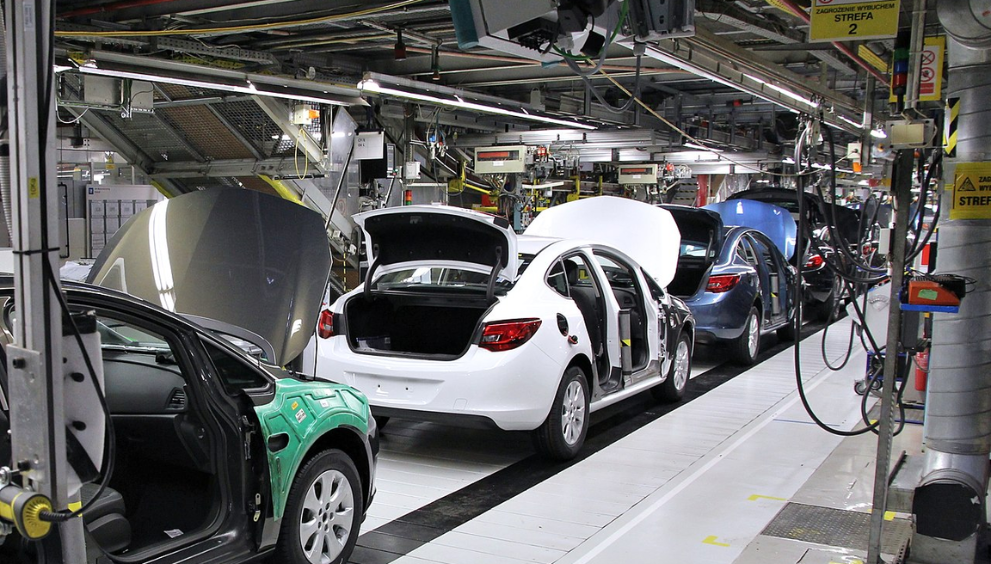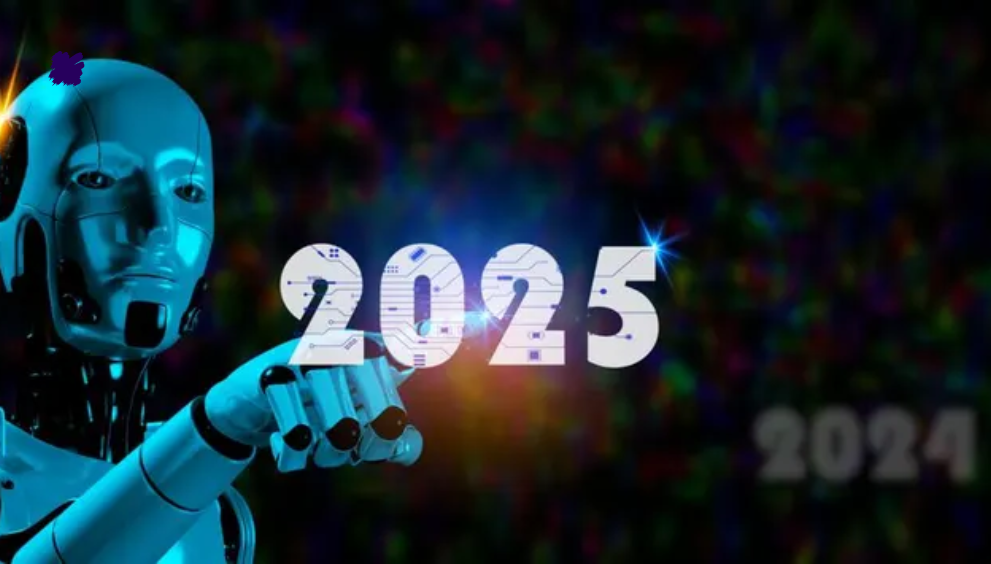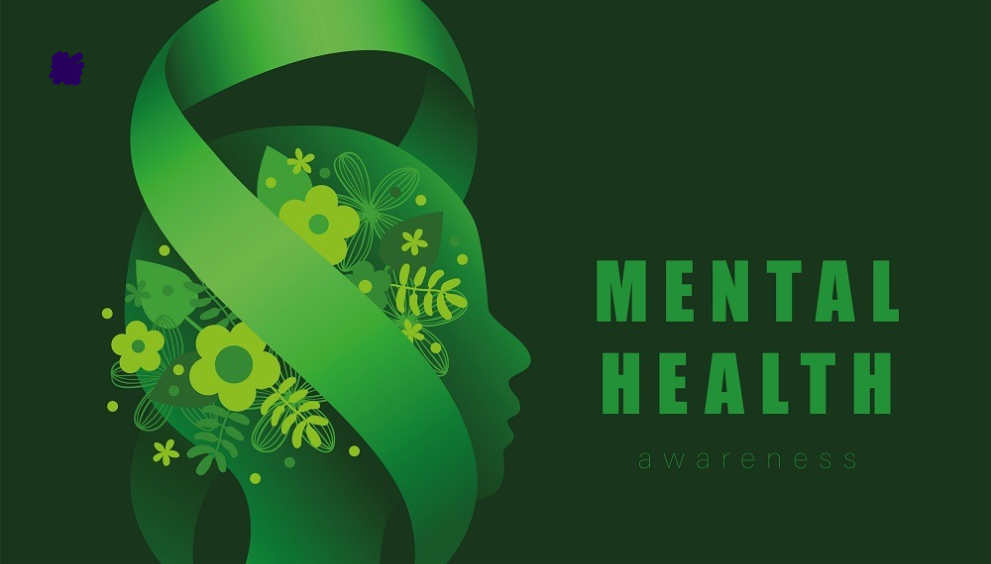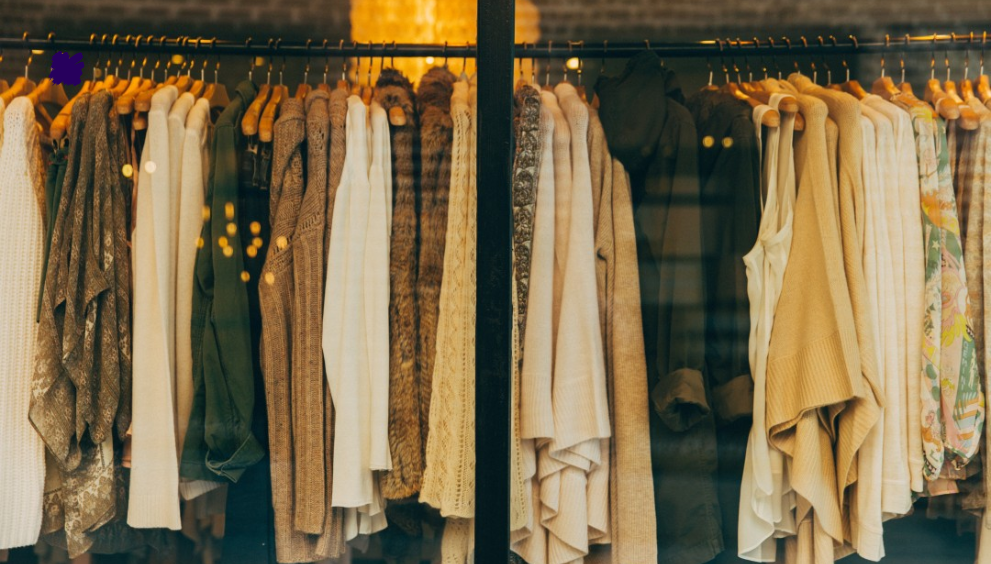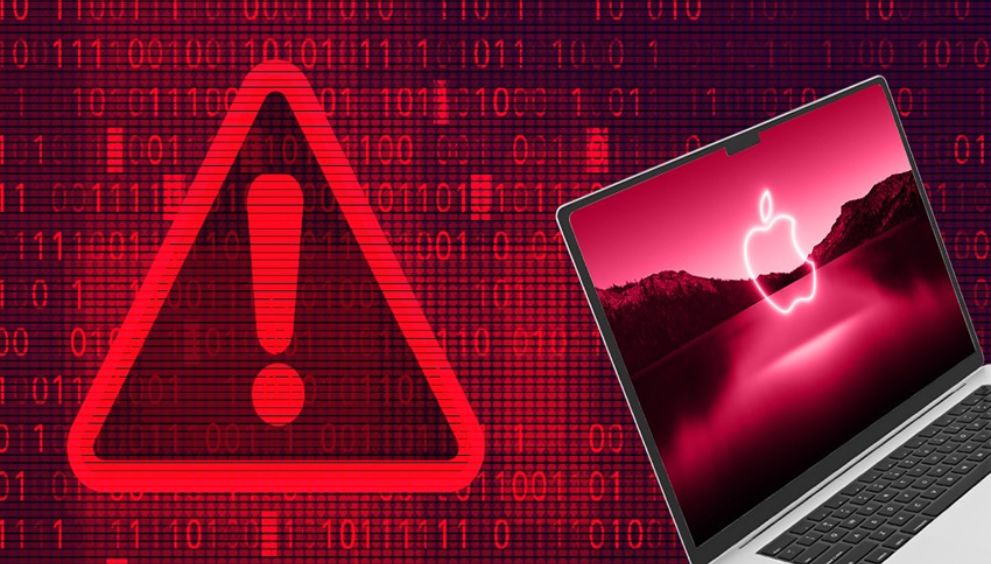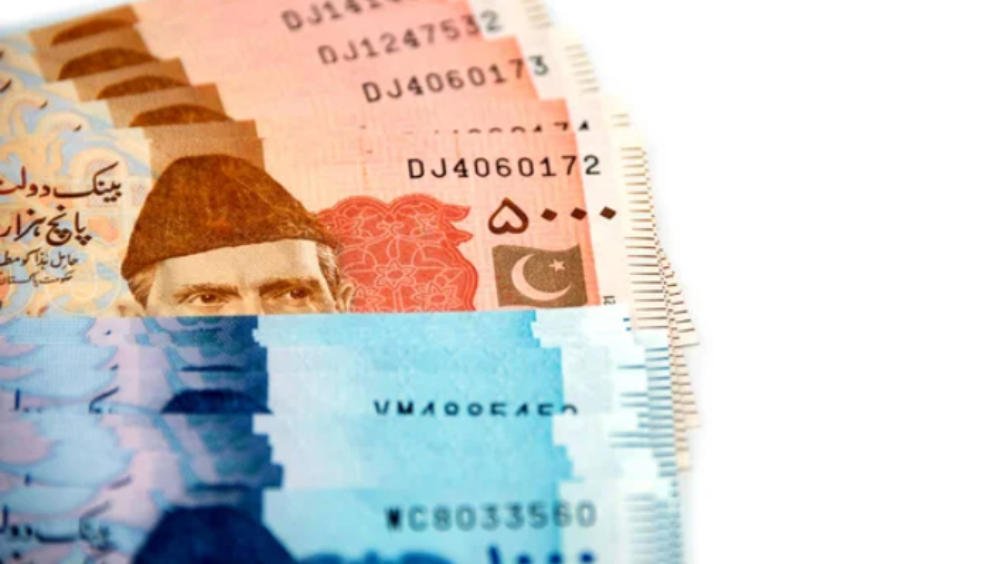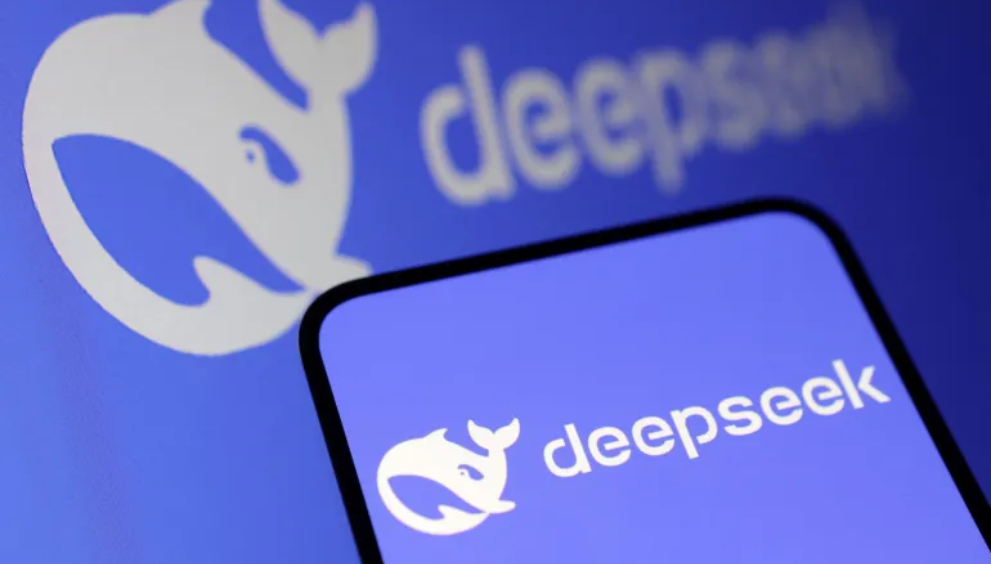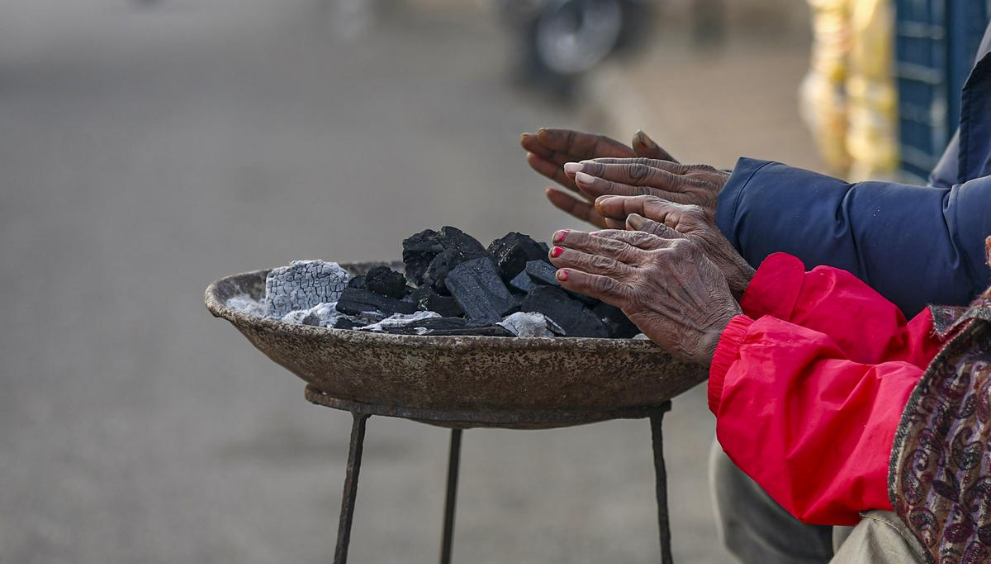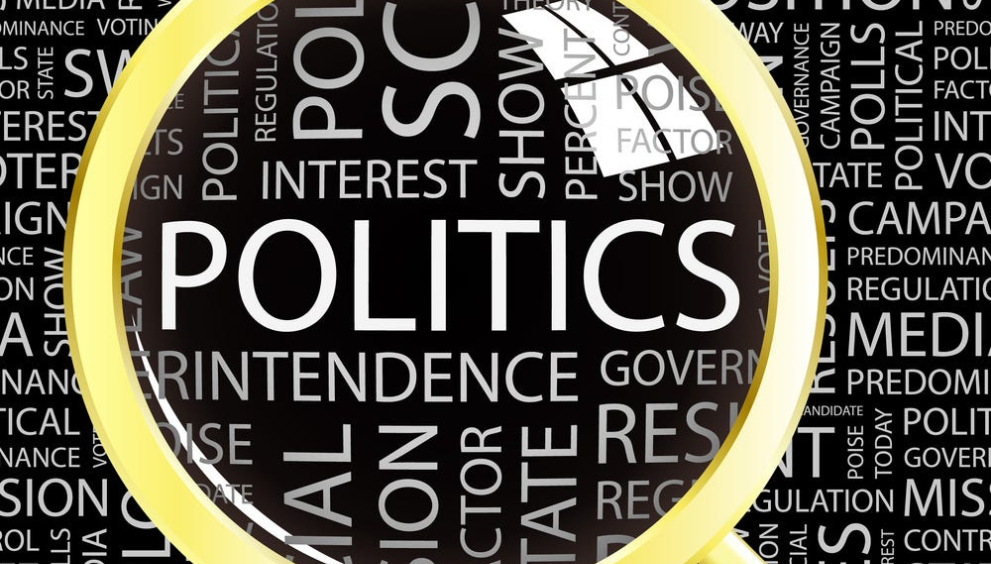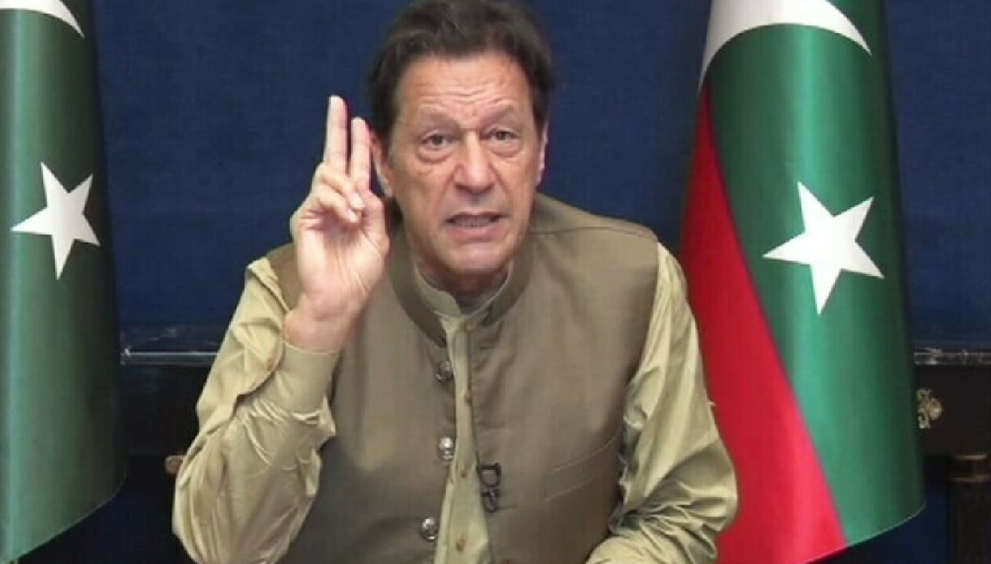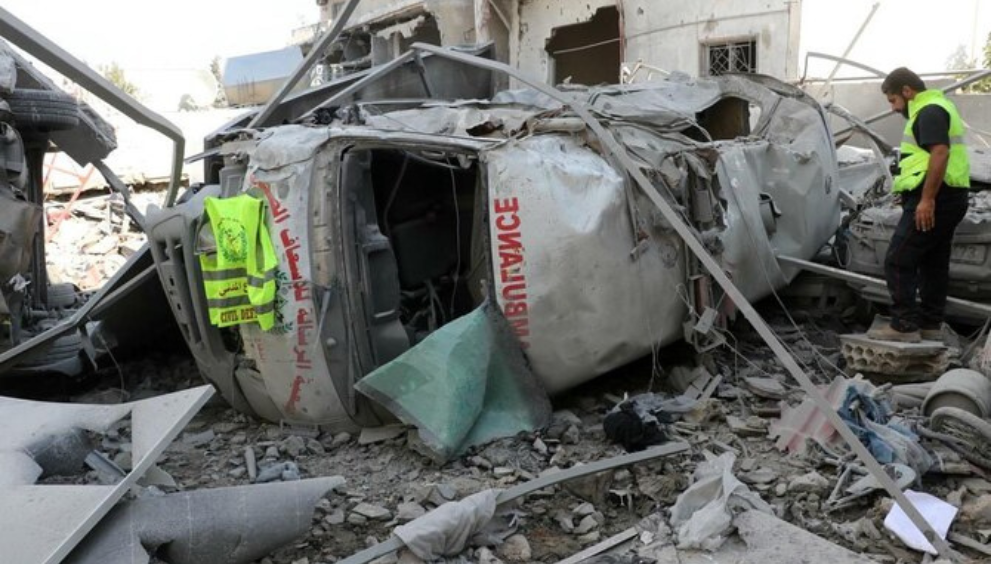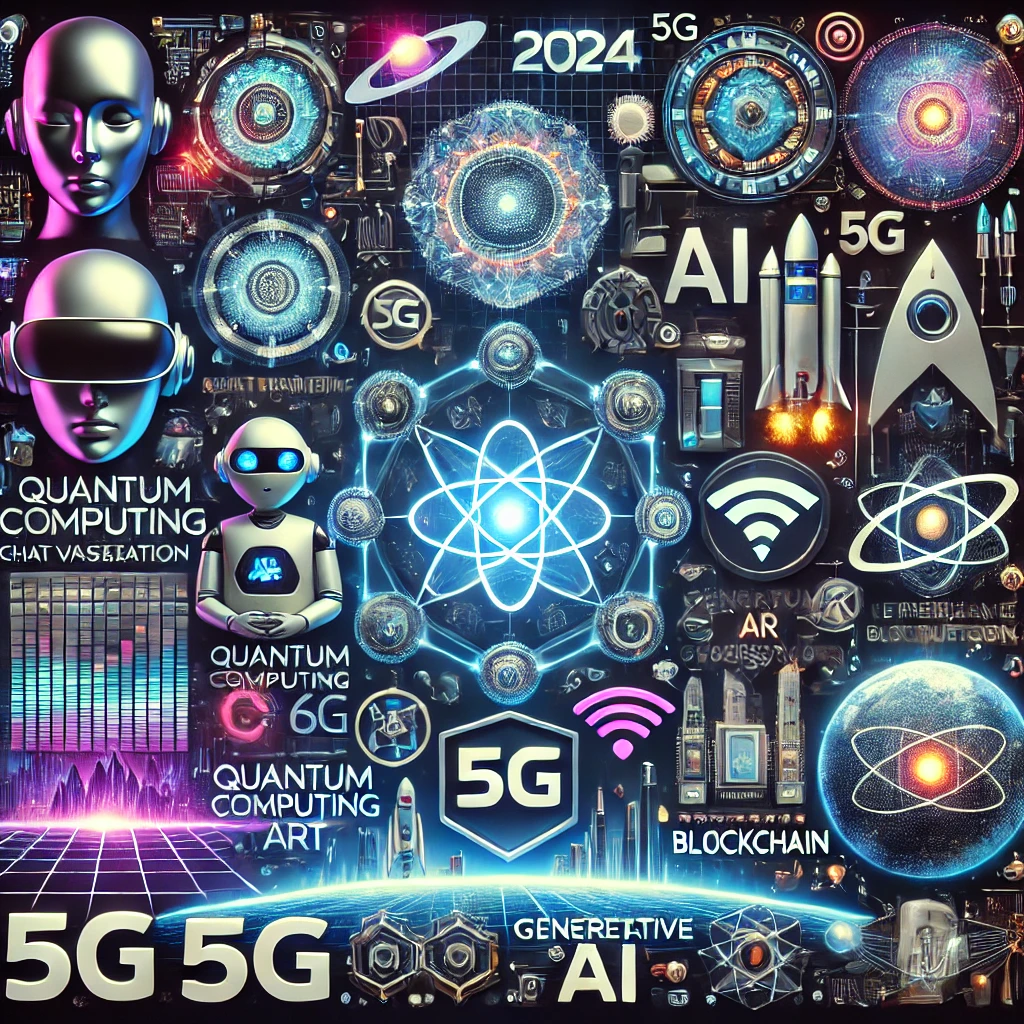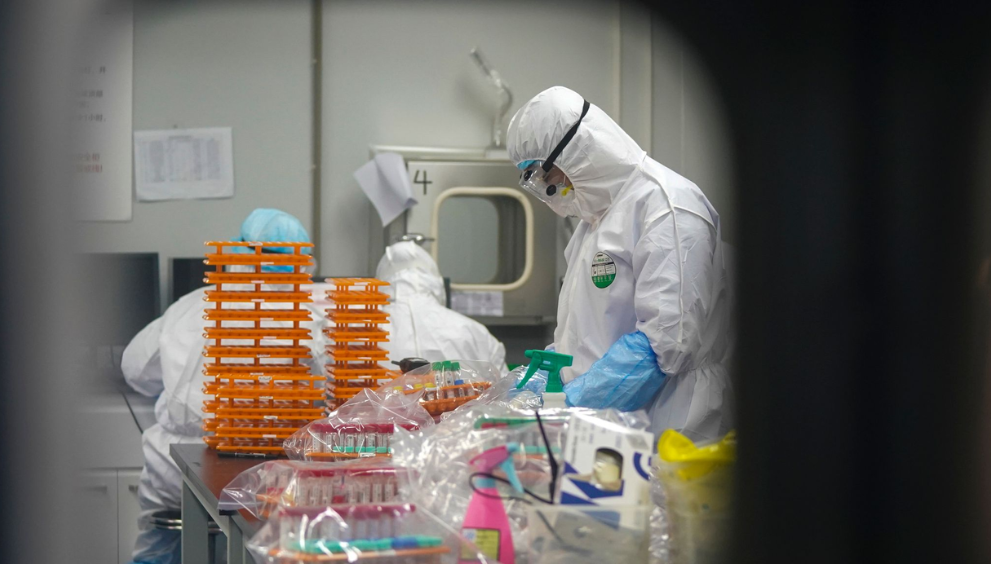CIA Says More Likely COVID-19 Originated from a Lab
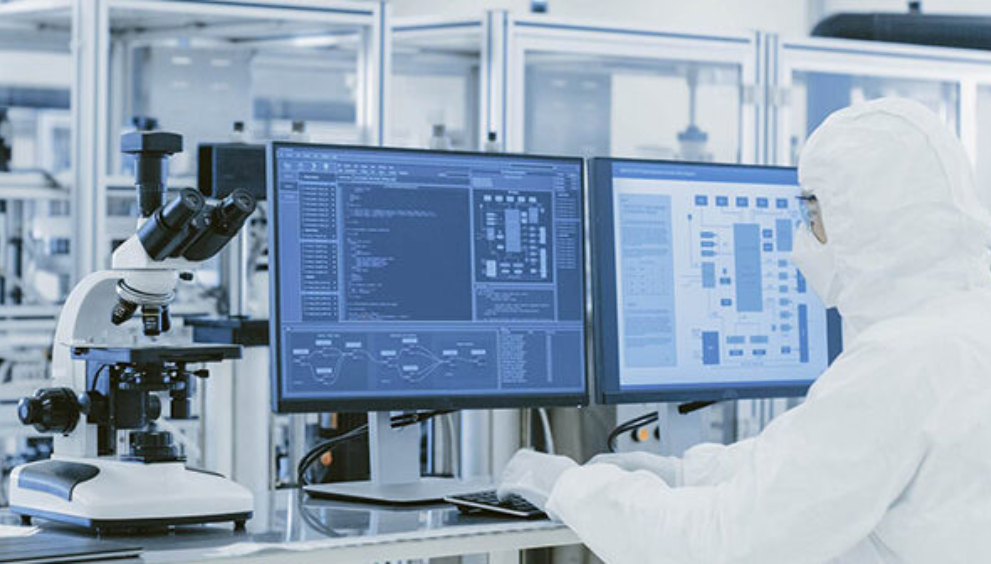
CIA Says More Likely COVID-19 Originated from a Lab
The origins of the COVID-19 pandemic have been the subject of intense debate and investigation since the virus first emerged in late 2019. While many have focused on the theory that the virus jumped from animals to humans in a wet market in Wuhan, China, new reports suggest a growing belief among some intelligence agencies that the virus may have originated from a laboratory. Recently, the Central Intelligence Agency (CIA) has provided updated assessments, suggesting that it is more likely that COVID-19 was the result of a lab incident rather than a natural spillover event.
The Debate Over COVID-19’s Origins
For over three years, scientists and experts have been trying to determine how the SARS-CoV-2 virus, which causes COVID-19, made the leap from animals to humans. Early on, the most widely accepted theory was that the virus emerged from the Huanan Seafood Wholesale Market in Wuhan, a location where live animals were sold for consumption. Some experts believed that the virus likely spilled over from a bat, with a possible intermediary animal playing a role in transmitting it to humans.
However, as time passed, skepticism about the market origin grew. One of the most prominent alternative theories was the possibility that the virus escaped from a laboratory, particularly the Wuhan Institute of Virology (WIV), which is known to conduct research on bat coronaviruses. Proponents of this theory pointed out the proximity of the lab to the initial outbreak and the history of safety lapses at labs worldwide.
The CIA’s Role in Investigating COVID-19’s Origins
The CIA’s involvement in the investigation of COVID-19’s origins comes as part of an effort by the U.S. government to better understand the circumstances surrounding the pandemic’s emergence. After years of investigation, the CIA’s recent assessments have suggested a shift toward the lab-leak theory.
This updated assessment from the CIA represents a significant development in the ongoing investigation. According to sources within the intelligence community, the agency believes that there is a higher likelihood that the virus originated in a laboratory accident rather than through natural transmission from animals. The intelligence reports have highlighted concerns about the safety protocols in place at the Wuhan Institute of Virology and the potential for an accidental release of the virus.
Key Evidence Supporting the Lab-Leak Theory
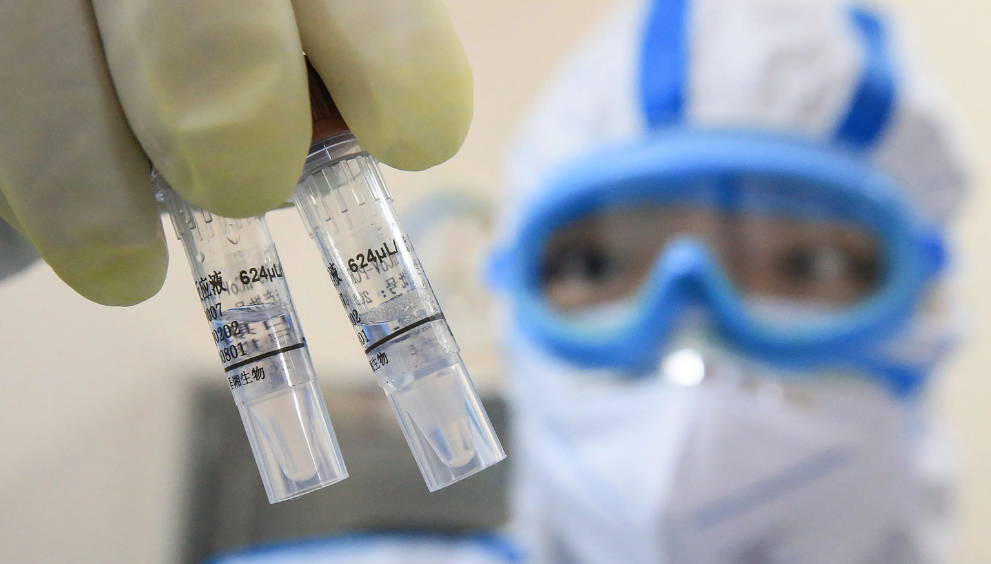
Several key pieces of evidence support the lab-leak hypothesis, although they remain inconclusive. One of the main arguments put forward by those supporting the lab-leak theory is the Wuhan Institute of Virology’s extensive research into bat coronaviruses. The lab has been involved in studies of viruses closely related to SARS-CoV-2, and some critics argue that its research may have inadvertently led to an accidental release.
Reports also indicate that there were early signs of a potential outbreak in Wuhan before the official acknowledgment of the COVID-19 cases. Some researchers have pointed to the lack of transparency surrounding early cases and the government’s initial reluctance to provide information on the virus’s origins. Critics argue that the Chinese government’s unwillingness to fully cooperate with international investigations has hindered efforts to pinpoint the virus’s true source.
Another factor contributing to the lab-leak theory is the nature of the virus itself. Some scientists argue that the virus’s genetic makeup and the way it binds to human cells suggest that it could have been manipulated or adapted for study in a laboratory setting. While this theory is still under debate, the possibility of a lab-based origin remains a key area of focus.
The Controversy and Calls for Further Investigation
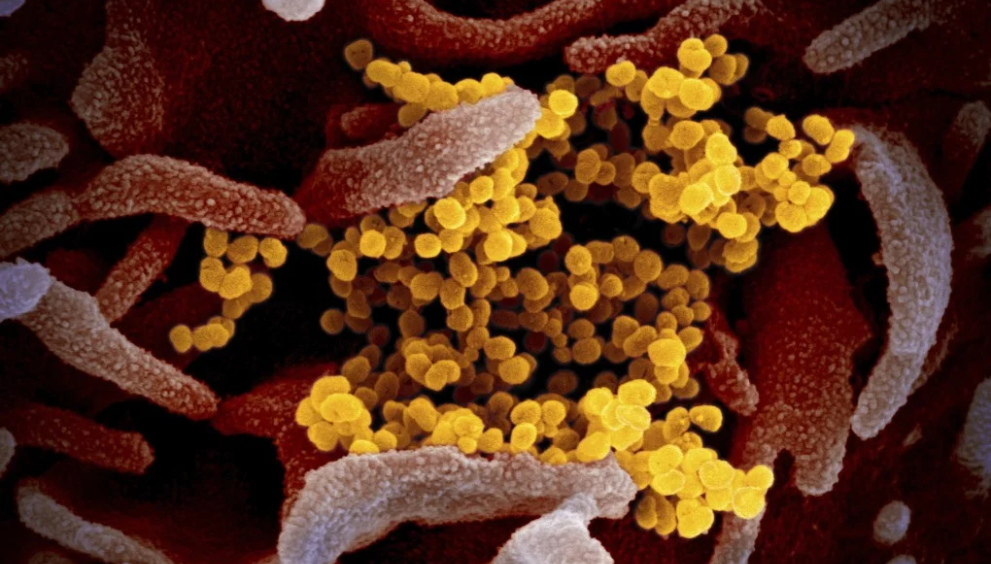
The lab-leak theory has sparked heated debates within the scientific community, as well as among policymakers. While some experts have called for further investigation into the possibility of a laboratory origin, others caution against jumping to conclusions. Many scientists emphasize the importance of a thorough and transparent investigation to determine the virus’s true origins.
The World Health Organization (WHO) has conducted its own inquiry into the origins of the virus, but its findings have been met with skepticism, particularly from the U.S. and other Western governments. While the WHO’s report leaned toward the natural origin theory, it acknowledged that the lab-leak possibility could not be ruled out entirely.
The CIA’s recent report adds weight to calls for a more comprehensive investigation into the lab-leak theory. The growing body of evidence suggests that more attention should be paid to this possibility, especially in light of the global impact of the pandemic.
Conclusion
The question of whether COVID-19 originated from a wet market or a laboratory continues to be a divisive issue. While many have embraced the natural spillover theory, recent intelligence reports from the CIA have raised the likelihood of a lab origin, contributing to an ongoing debate about the pandemic’s true source. As investigations continue, it is essential for governments and organizations to work together to uncover the truth, not only for the sake of understanding the origins of this unprecedented global crisis but also to prevent future pandemics. The world must ensure that the lessons of the COVID-19 pandemic are learned, and that all avenues of investigation are explored with transparency and integrity.Read more informative blogs

 English
English 





